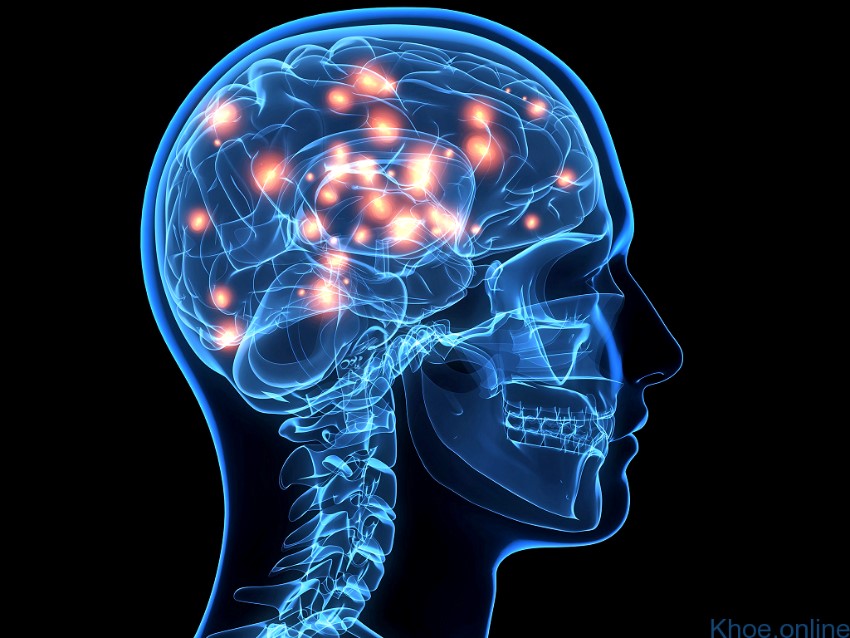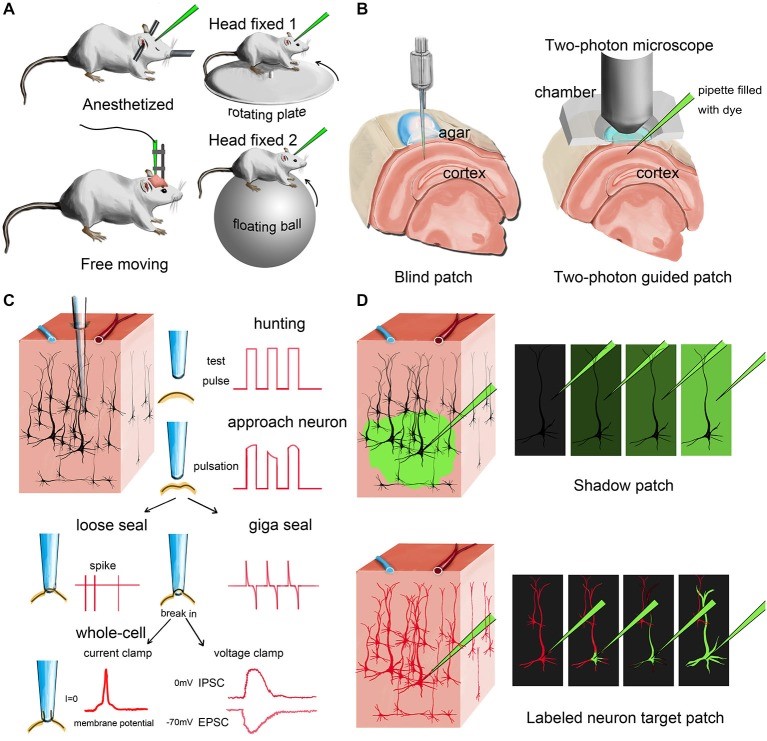- Home
-
Screening
- Ionic Screening Service
-
Ionic Screening Panel
- Ligand Gated Ion Channels
- Glycine Receptors
- 5-HT Receptors3
- Nicotinic Acetylcholine Receptors
- Ionotropic Glutamate-gated Receptors
- GABAa Receptors
- Cystic Fibrosis Transmembrane Conductance Regulators (CFTR)
- ATP gated P2X Channels
- Voltage-Gated Ion Channels
- Calcium Channels
- Chloride Channels
- Potassium Channels
- Sodium Channels
- ASICs
- TRP Channels
- Other Ion Channels
- Stable Cell Lines
- Cardiology
- Neurology
- Ophthalmology
-
Platform
-
Experiment Systems
- Xenopus Oocyte Screening Model
- Acute Isolated Cardiomyocytes
- Acute Dissociated Neurons
- Primary Cultured Neurons
- Cultured Neuronal Cell Lines
- iPSC-derived Cardiomyocytes/Neurons
- Acute/Cultured Organotypic Brain Slices
- Oxygen Glucose Deprivation Model
- 3D Cell Culture
- iPSC-derived Neurons
- Isolation and culture of neural stem/progenitor cells
- Animal Models
- Techinques
- Resource
- Equipment
-
Experiment Systems
- Order
- Careers
Neuronal in vivo Assays
Recent cumulative evidence on different neuro-system diseases such as PD and schizophrenia strongly suggests that their pathophysiology is based on a critical dysfunction of extended neuronal circuits that cortical and subcortical structures are often involved. Instead of single cells or specific neuronal elements, a consequence of an impaired information processing capacity of a network of cells is always raised as clinical manifestations. In order to enhance the understanding of this complex group of neuro-system diseases, to find new treatment options or to observe the complex physiological effects of a drug in therapy, it is mandatory to characterize the neuronal dynamics of those disordered networks in animal models and in human patients in great detail.
Creative Bioarray provides a series of services to help our clients screen their compounds and translate them towards the clinic or alternatively, provide neurotoxicity safety verification. Creative Bioarray offers early research and proof-of-principle electrophysiological studies in relevant animal models of human diseases to assist your efficacy evaluations.

Using in vivo electrophysiological recordings, preclinical studies allow real time monitoring of neural network activity in response to systemically drug administration. This exciting method in preclinical drug discovery is both complimentary and highly translational to the results of in vitro and imaging studies.
Our scientific team has extensive experience in helping customers to choose appropriate models and assays, as well as collaborating in designing new models to meet specific needs of a specific compound in discovery program.
In our in vivo studies system, brain regions can be targeted very precisely and the effects of compounds can be evaluated directly by local iontophoresis or systemically via IV injection. In vivo recordings generate data on bioavailability and real-time pharmaco-dynamic measures combined with simultaneous blood sampling. Using technologies such as manual patch clamp, Electroencephalogram recordings and microelectrode array (MEA) recordings, multiple recording models can be obtained:
In vivo whole-cell recordings
Field potential and Multi-unit recordings
Extracellular single electrode recordings
Extracellular multi-electrode recordings
ECG analysis
Experiment example
In vivo whole-cell patch clamp recordings of the electrical activity of neurons utilizes glass micropipettes to establish electrical and molecular access to the insides of neurons in intact tissue. This methodology exhibits signal quality and temporal fidelity sufficient to report the synaptic and ion-channel mediated subthreshold membrane potential changes that enable neurons to compute information, and that are affected in brain disorders or by drug treatment. This technique enables the integrative analysis of molecular, anatomical, and electrophysiological properties of single cells in the intact brain.

Fig.1 Different modes of in vivo patch-clamp recording
Applications
Quotation and Ordering
If you have any special needs in our Neuronal in vivo Assay Service, please contact us at Email or Telephone for this special service. Let us know what you need and we will accommodate you. We look forward to working with you in the future.
References
Haumesser J.K., et al. Acute In Vivo Electrophysiological Recordings of Local Field Potentials and Multi-unit Activity from the Hyperdirect Pathway in Anesthetized Rats. J Vis Exp. 2017; 124: e55940
Tao C., et al. Functional dissection of synaptic circuits: in vivo patch-clamp recording in neuroscience. Front Neural Circuits. 2015; 9: 23
Related Section
Inquiry

